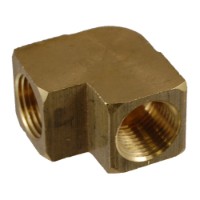So, after learning some new things about transmission coolers in a recent thread, I'm now at the stage where I'm ready to add in my external transmission cooler.
I'm adding it in series with the existing radiator transmission cooler. I've read both ways... transmission-->external cooler-->radiator cooler and transmission-->radiator cooler-->external cooler.
Is there a "significant" advantage either way? The only reason I ask is because it would be significantly easier for me to route it so that it enters the external cooler first and then goes into the radiator, but this seems to be the "less" popular way of doing things.
I'm adding it in series with the existing radiator transmission cooler. I've read both ways... transmission-->external cooler-->radiator cooler and transmission-->radiator cooler-->external cooler.
Is there a "significant" advantage either way? The only reason I ask is because it would be significantly easier for me to route it so that it enters the external cooler first and then goes into the radiator, but this seems to be the "less" popular way of doing things.
Last edited:





